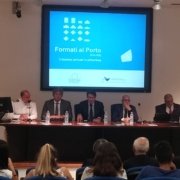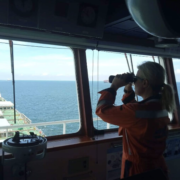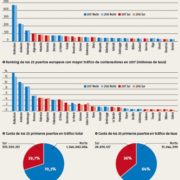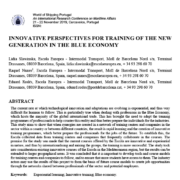Why are shortsea shipping routes on trend?
In 2021 Shortsea Shipping recorded an 11.7% increase over 2020, and managed to surpass 2019’s figures, when 269 million tons were moved, according to Shortsea data.
The so called ‘Butterfly effect’ that has is origin from the Chinese proverb: “The flapping of a butterfly’s wings can be felt on the other side of the world.” It can be used to illustrate the causes and changes that led to the increase of short sea shipping traffic and routes in the Mediterranean. This led to the need for specialized talent capable of managing intermodal transport logistics chains.
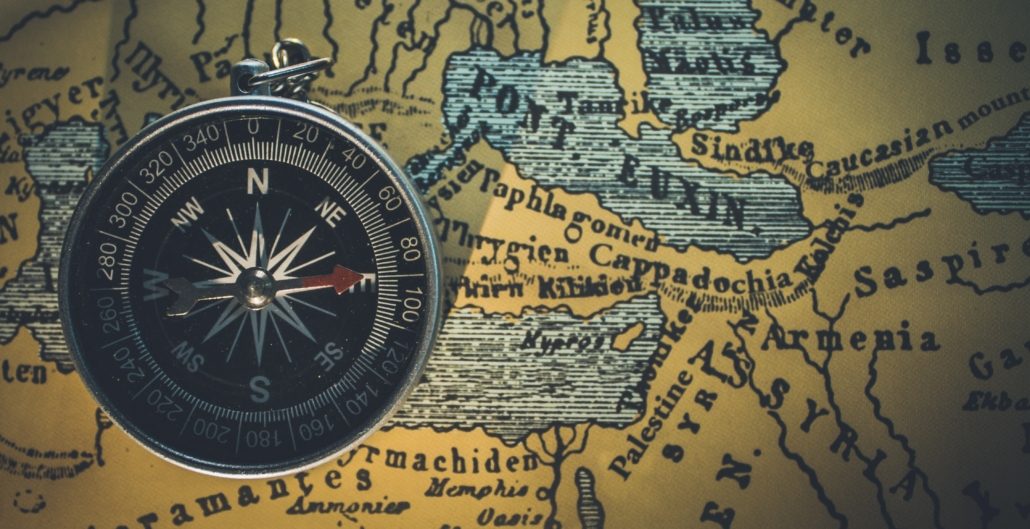
Several factors have influenced this upward trend in short sea shipping, mainly the shortage of truck drivers and the relocation of production from Asia to Africa or even Europe and thus changing the maritime trade routes.
Why this?
Shortage of truck drivers
One of the factors responsible relies on the global shortage of truck drivers, specifically, 2.6 million jobs were left unfilled worldwide in 2021, according to the Driver Shortage Global Report 2022: Summary.
Some of the reasons why truck driver positions are disappearing are: the difficulty finding operational workforce, since the average age for truck drivers is 55 years, in addition to being a profession that requires long periods away from home, which is a hindrance for the younger generations, who are more aware of the need for work-life balance. These reasons are compounded by the lack of female drivers and the lack of training and, therefore, of qualified drivers.
In addition to this, restrictions and problems for supply chain worldwide led to a shift in lower risk production locations, increasing local production.
Supply chain shifts and energetic dependency
China’s zero covid policy have aggravated problems in supply chains worldwide, especially in the Mediterranean, and have had a direct or indirect impact on European industries, which have opted on the recovery of production in Europe and America to the detriment of Asia.
Moreover, the Russia-Ukraine conflict has made clear that the only way to be energy independent is through renewable energies, therefore decarbonizing the transport sector.
Beyond being on trend, the shortsea shipping routes have proven to be the most effective solution to these disruptions, being not only strategic for industries but more sustainable in the short and long term. Facing global supply chain adaptations, energy dependency issues and the urgent need to decarbonize the sector, as well as the need for qualified workforce for intermodal transport, see highway in the Mediterranean are becoming great commercial routes.
Therefore, more and more specialized talent capable of managing intermodal transport logistics chains might be needed because of this changing scenario.
Shortsea Shipping Transport Talent
In a short future scenario companies form the logistics and transportation sector might need more qualified talent capable of managing intermodal transportation logistics chains, as this is the most cost-effective and environmentally sustainable option. Trainings like Most Iberia are top gear and economical options for professionals or companies seeking to specialize its personnel with the latest trends and topics in the sector.


